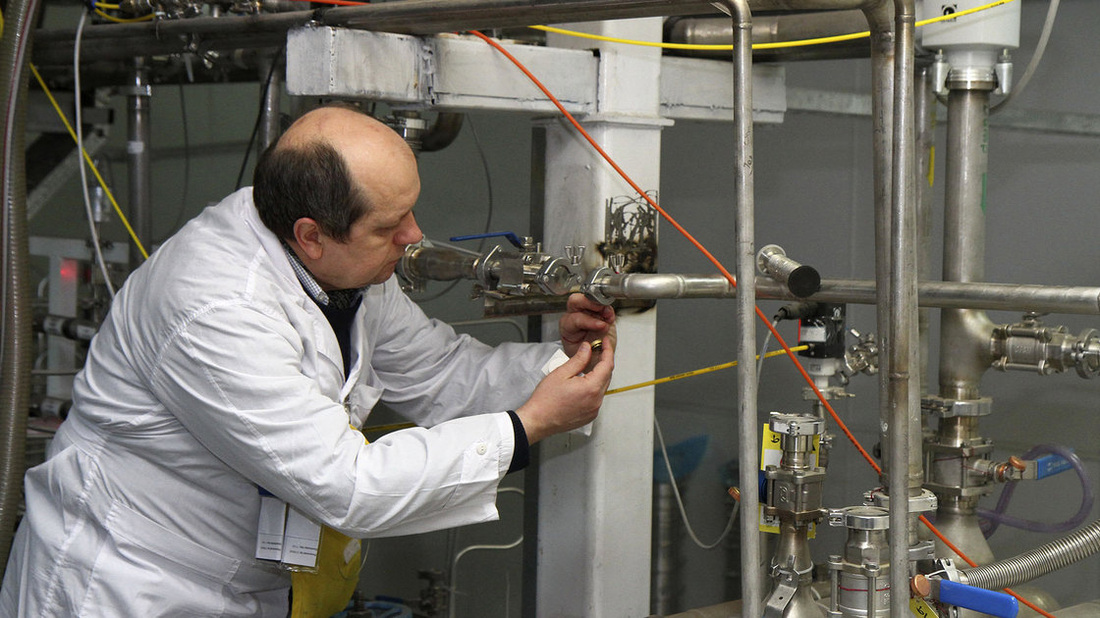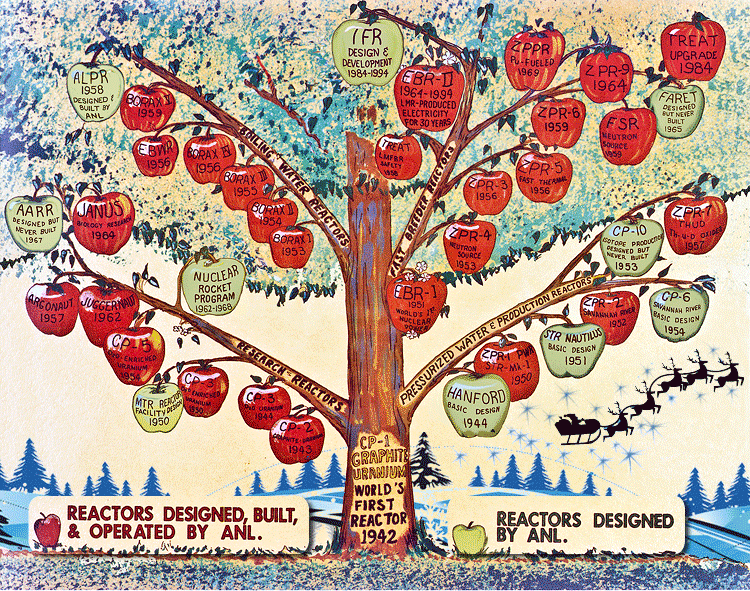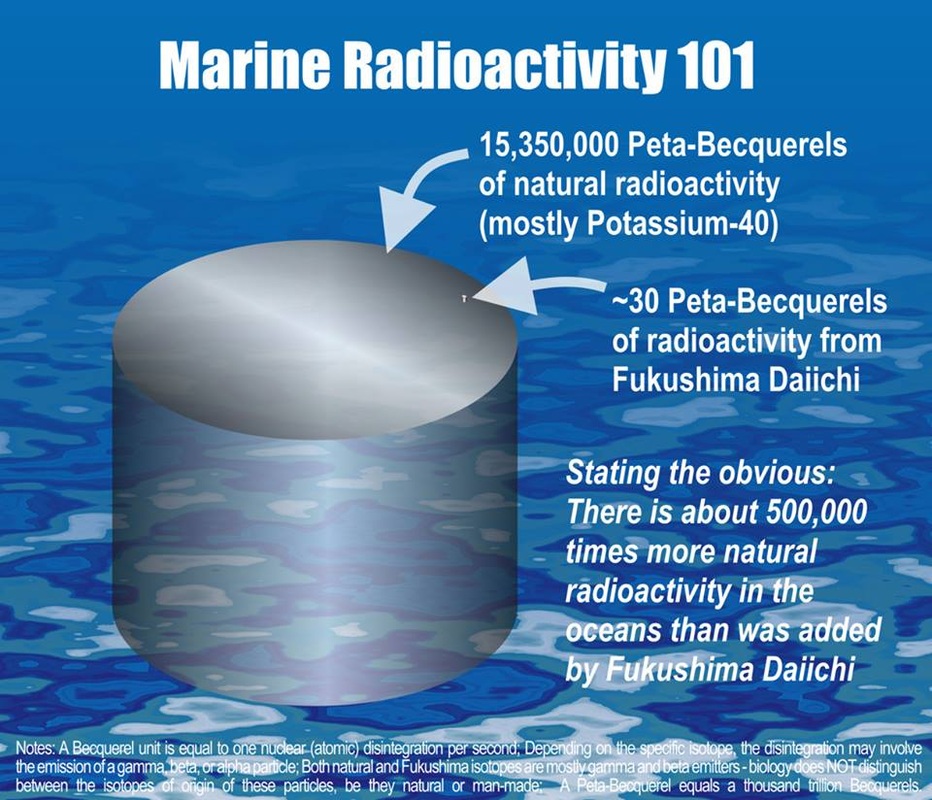Earlier this week, we posted about the new construction at the VC Summer Nuclear Generating Station. The Vogtle Electric Generating Plant in Georgia also started new nuclear construction last year with an addition of two Westinghouse AP1000 reactors.
Votgle units 3 and 4 plan to start generating electricity in 2017 and 2018. This massive construction project is making history with the materials needed and the amount of people that will be employed. When finished, the four units at Vogtle will make the largest nuclear generating station in the United States. Watch the video below to learn more!




 RSS Feed
RSS Feed

